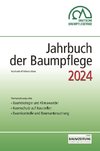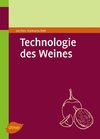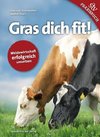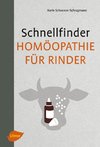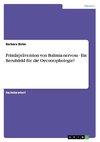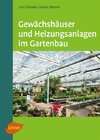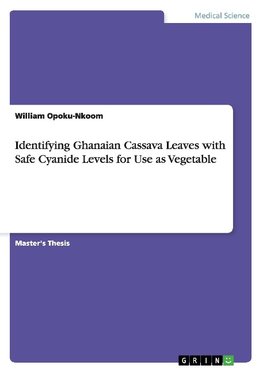
-
 Anglický jazyk
Anglický jazyk
Identifying Ghanaian Cassava Leaves with Safe Cyanide Levels for Use as Vegetable
Autor: William Opoku-Nkoom
Master's Thesis from the year 2011 in the subject Nutritional Science, grade: pass, University of Ghana, Legon (School of Graduate Studies), course: Nutrition, language: English, abstract: Cassava leaves have the potential to address protein and micronutrients... Viac o knihe
Na objednávku, dodanie 2-4 týždne
44.37 €
bežná cena: 49.30 €
O knihe
Master's Thesis from the year 2011 in the subject Nutritional Science, grade: pass, University of Ghana, Legon (School of Graduate Studies), course: Nutrition, language: English, abstract: Cassava leaves have the potential to address protein and micronutrients deficiencies but the downside is the presence of cyanogenic glycosides. Consumption of a cyanogenic plant has been implicated in many pathological disorders including goitre. No study had been done in Ghana between cassava leaves consumption and goitre which was reported endemic in the northern belt. The northern belt of Ghana widely consumes cassava leaves, unlike the southern and the middle parts. The main objective of the study was therefore to identify Ghanaian cassava leaves with safe cyanide levels for use as vegetable. The study was conducted in three communities each in the southern, transition, and the northern belts of Ghana, on the basis that an identified agricultural research station closest to those communities in the respective belts, was the most active in the root and tuber improvement and marketing programme in Ghana. Cyanide analysis was done using the standard Chloramine-T/Pyridine barbituric acid colorimetric method, at the Société Générale de Surveillance laboratory in Tema. The cyanide content of Ghanaian cassava leaves from most commonly consumed varieties ranged from 72.79 - 203.50 ppm, dry weight. This is relatively lower than what have been reported by some researchers in other countries. Ghanaians in general, therefore, grow relatively low-cyanide cassavas. Two-factor analysis of variance revealed a significant interactive effect (p=0.024) between type of variety (genotype) and the geographical location (environment), of which the impact was greater in the unimproved varieties. By adequate processing involving pounding followed by boiling, all cassava leaves considered in this study were all safe for consumption. It is recommended that Ghanaian cassava leaves be promoted for use as vegetable, especially in the south. This must however be accompanied with proper education on the potential toxicity and on adequate processing techniques.
- Vydavateľstvo: GRIN Verlag
- Rok vydania: 2014
- Formát: Paperback
- Rozmer: 210 x 148 mm
- Jazyk: Anglický jazyk
- ISBN: 9783656719403
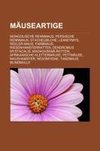
 Nemecký jazyk
Nemecký jazyk 

